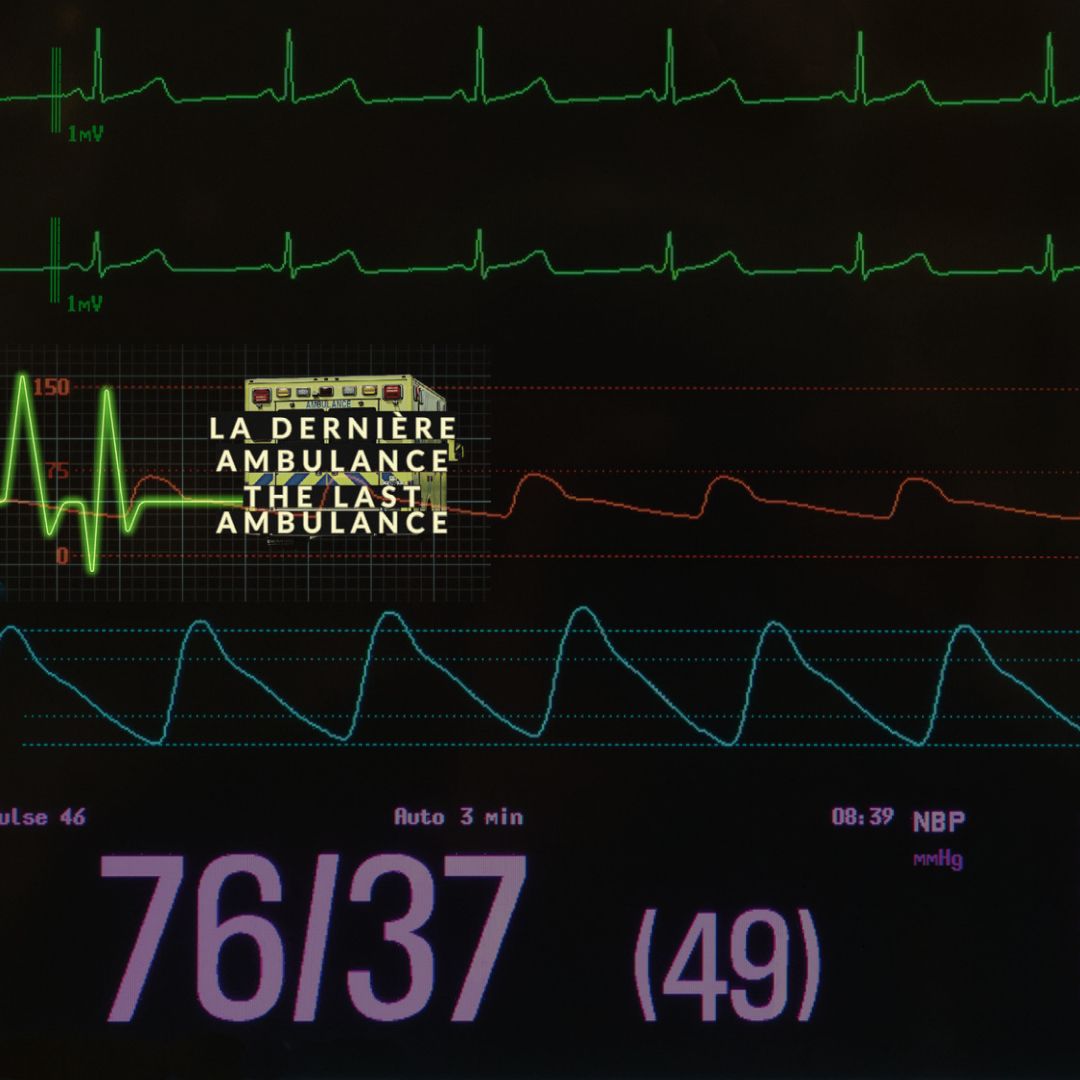Regularly irregular

On occasion I wear a watch. It’s a FitBit. I like how it keeps track of my movement during the day. Knowing the time is an added bonus. I have a complicated relationship with the second-hand. My knee bounces along to its own rhythm while listening to music - it’s as if I’m tuned-in to another channel… maybe, just maybe, I’ve tapped-in to the drummer’s heartbeat. Or perhaps I’m creating my own rhythms on the fly.
My first conscious memory of being unable to adopt a beat was on my 13th birthday when my parents rented a jukebox for my party. Despite listening repeatedly to great tunes like April Wine’s ‘Bad Side Of The Moon,’ I couldn’t dance worth a damn.
The following summer was spent at the Y Country Camp. I remember getting the nerve up to ask a girl to dance at the first ‘social’ of the year. For some reason, I think The Stones’ ‘Ruby Tuesday’ was playing as I did my awful disconnected dance-floor-zombie shuffle.
Verification of my inability to maintain any sort of rhythm followed shortly thereafter with the purchase of a metronome. The metronome was supposed to help me play the trumpet while maintaining some semblance of a song’s inherent pace. Instead, the metronome would tock-tock-tock steadily in the background while my best Louis Armstrong imitations would meander to their own indiscernible bass lines. I was re-inventing jazz and it wasn’t pretty.
While I couldn’t keep a beat, I had no issues detecting a rhythm – anywhere. Although intentional pulses eluded me, I took great joy in the cadence of everyday life. I heard the backbeat of tires crossing train tracks, of elevator doors opening and closing in office building lobbies, and of the 4/4 time of the conveyor belt at the local supermarket.
When I was studying to become a paramedic, there was a great deal of emphasis on learning how to keep track of a patient’s pulse. We had to learn the normal ranges for a heartbeat and the differing qualities that would serve as clues to underlying issues. While my classmates were desperately trying to synch what they were feeling in their fingertips with what they were seeing on their watch faces, I was delighting in exploring entirely new territory – the beat of life.
There shouldn’t have been any surprise when I discovered I was a master at detecting atrial fibrillation, second degree heart block (Wenckebach or Mobitz 1), and sinus arrhythmias. We were talking cardiac heaven for the beatless wonder.
Rolling to calls, I’d take in the reflections of our flashing lights in storefronts while listening to the siren mixing with the honking horns of vehicles trying to get out of our way and the heavy bass beats of backseat boomboxes in cars cruising Ste Catherine Street.
I would find myself immersed in the rhythms of the ER. The patient breathing, the ecg monitor beeping, my partner tapping his wedding ring on the aluminum frame of the stretcher while the radio provided an ambient wash of white noise to fill any gaps in the soundscape.
And, of course, the regularly irregular rhythm of life in EMS was a perfect fit for me. My circadian clock easily adapted to the near-constant interruptions of sleep patterns, eating times, and to the abrupt starts and stops associated with shiftwork when you are lowest on the union seniority food chain.
I had discovered the rhythm of life and took great comfort in being able to tune into my own frequency that included the steady beats, dropped beats, and regularly irregular aural accidents of the physiological soundtrack.
Be well. Practice big medicine.
Hal